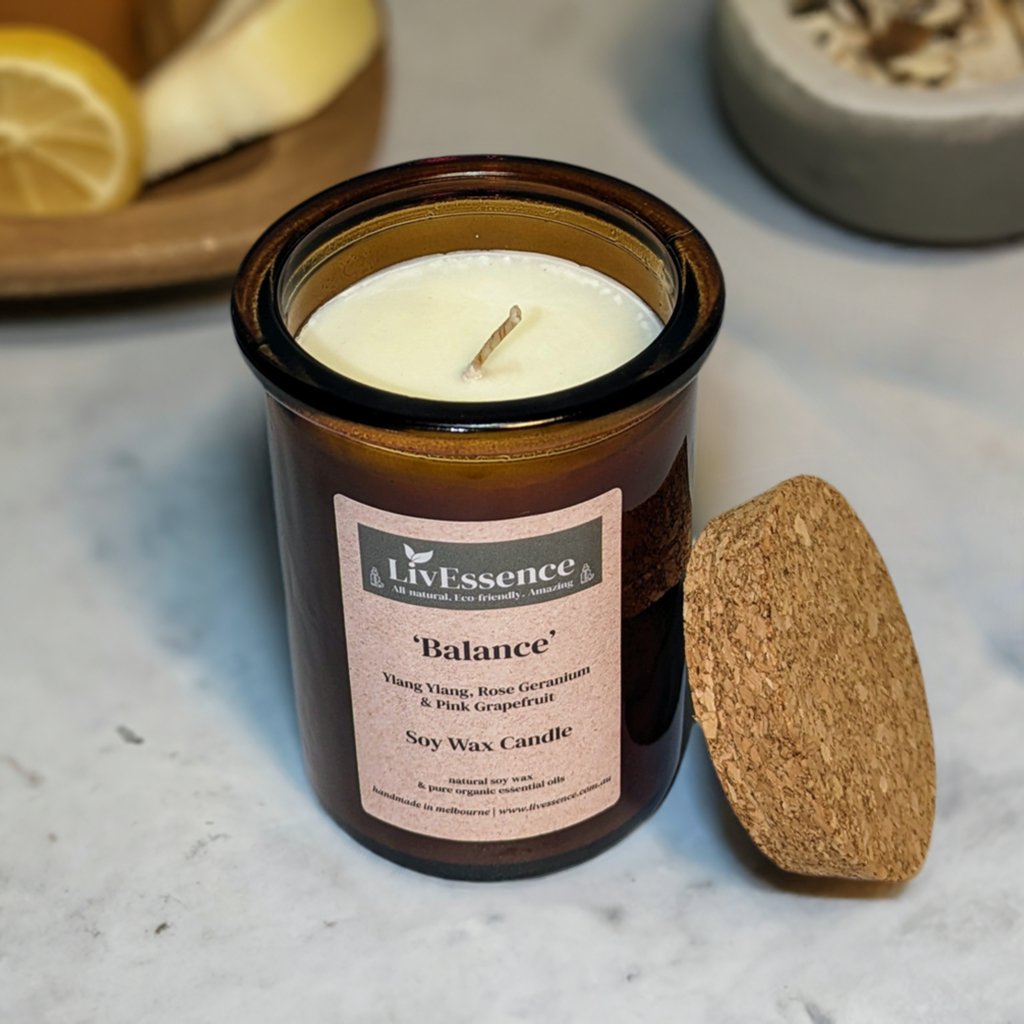Instill Your Home with the Scent of Crystal Soy Candles and Home Fragrance
Instill Your Home with the Scent of Crystal Soy Candles and Home Fragrance
Blog Article
From Wick to Wax: Understanding the Chemistry Behind Soy Wax Candles and Their Environmental Influence
As we brighten our areas with the cozy glow of candle lights, there lies a world of elaborate chemistry behind the relatively basic act of lighting a soy wax candle. The choice between soy and paraffin wax extends past mere aesthetic appeals, delving into the world of ecological influence and the extremely structure of the materials. Comprehending the molecular framework of soy wax and its burning procedure clarifies the discharges released into our environments. Join us as we decipher the scientific details behind soy wax candles and discover their effects on our setting.
Soy Wax Vs. Paraffin Wax
When comparing soy wax and paraffin wax for candle light making, it is vital to recognize the distinct characteristics and advantages of each product. Soy wax is an all-natural, renewable energy obtained from soybean oil, making it environment-friendly and naturally degradable - candles. On the other hand, paraffin wax is a byproduct of petroleum refining, which increases problems about its ecological impact and sustainability
Soy wax candles shed cleaner and produce less soot compared to paraffin wax candles, making them a healthier selection for indoor air high quality. Additionally, soy wax has a lower melting factor, enabling a longer-lasting candle that disperses fragrance much more effectively. Paraffin wax, on the various other hand, has a tendency to melt faster and less easily, potentially launching hazardous chemicals right into the air.
From a sustainability perspective, soy wax is favored for its biodegradability and eco-friendly sourcing, lining up with the expanding consumer choice for environmentally conscious products. While paraffin wax has actually been a conventional selection in candle making as a result of its price and ease of use, the shift in the direction of environment-friendly alternatives like soy wax is acquiring energy in the sector.
Chemical Make-up of Soy Wax

Burning Refine in Soy Candles
The chemical structure of soy wax straight influences the burning procedure in soy candles, influencing aspects such as burn time, aroma release, and environmental effect. When a soy candle is lit, the warmth from the fire thaws the wax near the wick.
The burning effectiveness of soy candle lights is influenced by the pureness of the soy wax and the top quality of the wick. Additionally, soy wax candles have a lower environmental influence compared to paraffin candles due to their naturally degradable and eco-friendly nature.

Ecological Benefits of Soy Wax

Thought about a sustainable choice to conventional paraffin wax, soy wax provides noteworthy environmental advantages that make it a popular option amongst eco-conscious consumers. Soy wax burns cleaner and generates much less residue than paraffin wax, contributing to much better indoor air top quality and minimizing the need for cleaning and maintenance. Generally, the ecological advantages of soy wax straighten with the expanding demand for lasting and environment-friendly products in the market.
Recycling and Disposal Factors To Consider
Recycling and appropriate disposal of soy wax candle lights play a vital role in keeping environmental sustainability and minimizing waste in families and areas. When it comes to reusing soy wax candle lights, the initial action is to make sure that the candle light has actually melted see post entirely.

In regards to disposal, if recycling is not an alternative, soy wax candle lights are eco-friendly and can be safely gotten rid of in many home waste systems. It is constantly suggested to check with local recycling centers or waste administration services for details guidelines on candle disposal to make certain appropriate handling and environmental security.
Conclusion
In verdict, the chemistry behind soy wax candle lights exposes their environmental benefits over paraffin wax candles. Soy wax, obtained from soybean oil, burns cleaner and creates less soot when compared to paraffin wax.
When comparing soy wax and paraffin wax for candle light production, it is essential to comprehend the distinctive characteristics and benefits of each product (soy candles).Soy wax candles shed cleaner and produce less soot contrasted to paraffin wax candles, making them a healthier choice for indoor air high quality.Taken into consideration a sustainable alternative to standard paraffin wax, soy wax supplies remarkable environmental advantages that pop over to these guys make it a prominent selection amongst eco-conscious customers. Soy wax burns cleaner and produces less soot than paraffin wax, adding to far better interior air top quality and lowering the demand for cleansing and upkeep.In browse around these guys conclusion, the chemistry behind soy wax candles exposes their ecological benefits over paraffin wax candles
Report this page